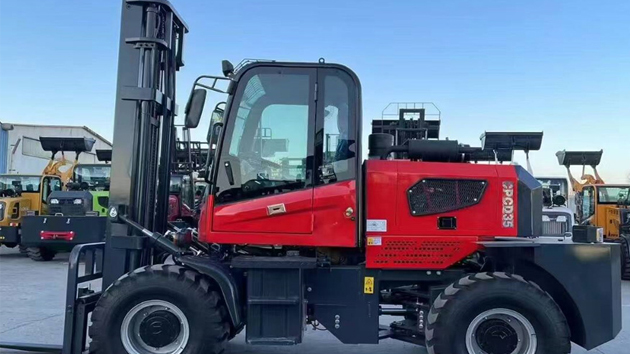The Economics Behind Small Loader Pricing in 2024
2025-07-24 03:40:28
The small loader price has seen a steady increase over the past five years, driven by rising material costs and supply chain disruptions. According to industry reports, the average price of a compact wheel loader now ranges between $25,000 and $70,000, depending on specifications. Manufacturers cite higher steel and component expenses as primary contributors, with some models experiencing a 12% year-over-year price hike.
Technological advancements have also impacted small loader price structures. Models equipped with fuel-efficient engines, telematics, and automated controls command a premium, often 15-20% above base variants. However, these features can lead to long-term savings through reduced fuel consumption and maintenance costs. Industry analysts predict that smart loaders will dominate future sales, further influencing pricing dynamics.
Regional demand plays a significant role in small loader price variations. In North America, robust construction activity has kept prices elevated, while markets in Southeast Asia benefit from competitive local manufacturing. For example, Chinese-made loaders are often 30% cheaper than their European counterparts due to lower labor and production costs. Buyers must weigh import tariffs and after-sales support when considering budget-friendly options.
The used small loader market offers a cost-effective alternative, with prices typically 40-60% lower than new units. However, depreciation rates vary by brand and usage history. Auction data reveals that well-maintained models from top-tier manufacturers retain up to 50% of their value after five years, making them a viable option for cost-conscious buyers.
Looking ahead, the small loader price trajectory will hinge on sustainability mandates and electrification trends. Governments worldwide are incentivizing low-emission machinery, which could drive up initial costs but lower operational expenses. Industry forecasts suggest hybrid and electric loaders will account for 25% of sales by 2027, reshaping pricing benchmarks in the sector.














